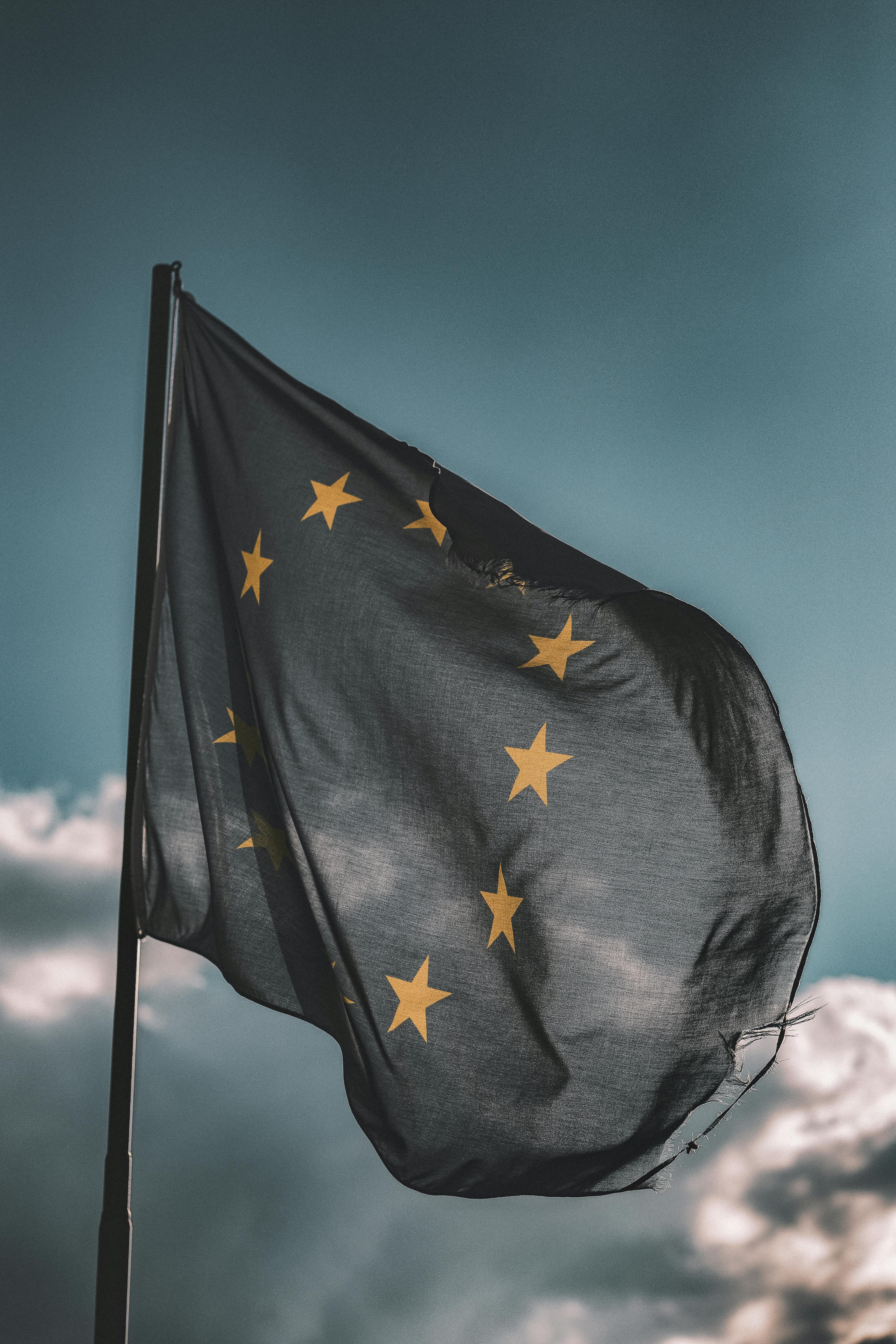The MiCA Regulation —the Markets in Crypto-Assets Regulation— is the European Union’s newest framework for governing the crypto market across all Member States. In a nutshell, the aim of the MiCA Regulation is to provide a clear framework for crypto assets that are not covered by current financial services laws, filling an essential gap in current European legislation. It introduces standards for transparency, disclosure, authorization, and oversight in crypto transactions, covering everything from major cryptocurrencies to e-money tokens. MiCA was introduced in 2020 but will officially come into effect from the 30th of December 2024 (with the exception of Titles III and IV, which came into force on the 30th of June 2024).
In this article, we’ll take a closer look at Europe’s MiCA Regulation, what it means for crypto trading in the EU, how it aims to protect consumers, and the ways it may shape the future of the crypto market.
What does the MiCA Regulation mean for crypto trading?
The MiCA Regulation will principally affect stakeholders, such as issuers of crypto assets —defined by the Regulation as “the digital representation of value or rights that can be electronically transferred and stored using distributed ledger technology or similar innovations”— exchanges, custodians, and trading platforms, who will be required to comply. It essentially introduces a coherent regulatory framework for crypto trading across the European Union, addressing the previous challenges of inconsistent rules among Member States.
MiCA aims to provide clarity, protect customers, and strengthen investor trust by establishing a transparent framework that covers licensing, consumer protections, and anti-money laundering (AML) measures. MiCA also enforces the disclosure of information by crypto service providers in order to foster accountability and reduce misleading practices by EU-based businesses. Its licensing provisions grant “passport rights,” which allow crypto businesses to operate across all EU countries, helping to foster innovation and crypto adoption.
How will MiCA protect consumers?
MiCA will strengthen consumer protection in the crypto market by setting rigorous standards for transparency, accountability, and security among crypto asset service providers (CASPs) and issuers operating across the European Union. It requires them to provide clear and accurate information on crypto assets, for example, by publishing detailed white papers that allow consumers to make well-informed decisions.
MiCA also ensures that providers act in clients’ best interests, and offer clear guidelines for managing conflicts of interest, handling complaints and securing assets through reliable custody practices. On top of these requirements, it also introduces strong risk management protocols, covering fraud prevention, data protection and market manipulation, which aim to help protect consumers in a highly volatile market.
How will MiCA shape the future of the crypto market in the EU?
Many experts operating in the EU crypto space expect the MiCA Regulation to transform the crypto market by establishing a secure and transparent regulatory framework that fosters both consumer confidence and market stability. As seen above, exchanges will be required to implement strict measures against market manipulation and insider trading while also ensuring robust protection against cyber-attacks and financial mismanagement. Wallet providers must adhere to similar standards, putting in place measures that aim to, for example, keep users’ wallet passkeys safe and prevent unauthorized access.
While the Regulation could present challenges for smaller start-ups, given the costs and complexity of compliance, it will also offer opportunities for growth and innovation. By outlining clear operational standards, MiCA will encourage traditional financial institutions and investors to participate in the crypto market, fostering collaboration and driving development in areas such as stablecoins and security tokens.
For more information and insights into crypto trading in Europe, how to use Limitlex, or to open a trading account with us, visit www.limitlex.com.



